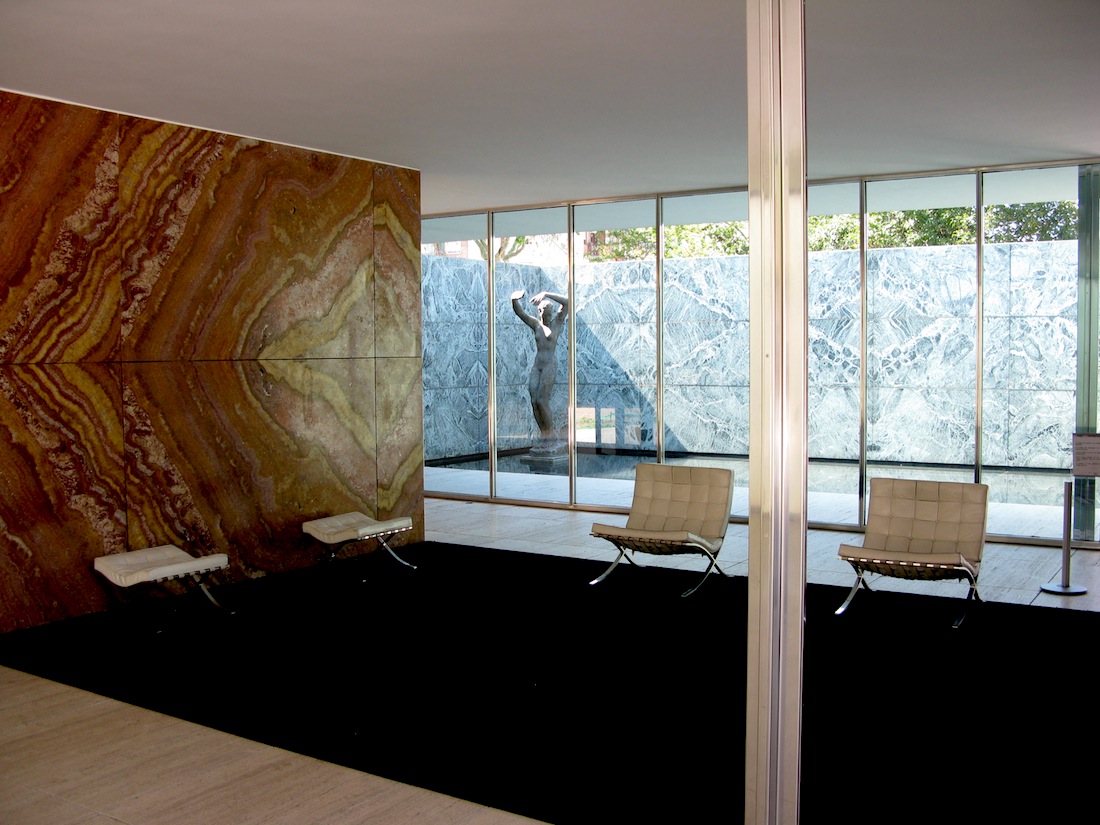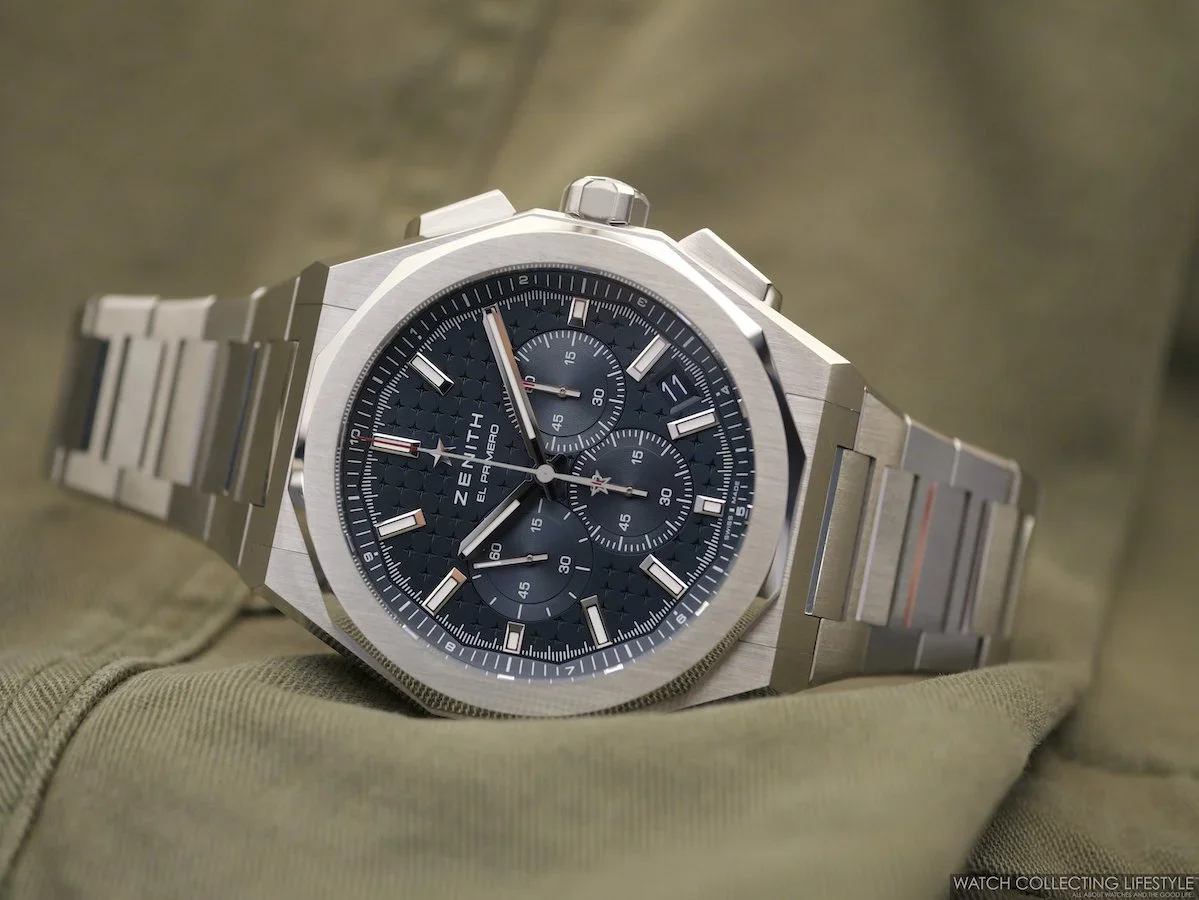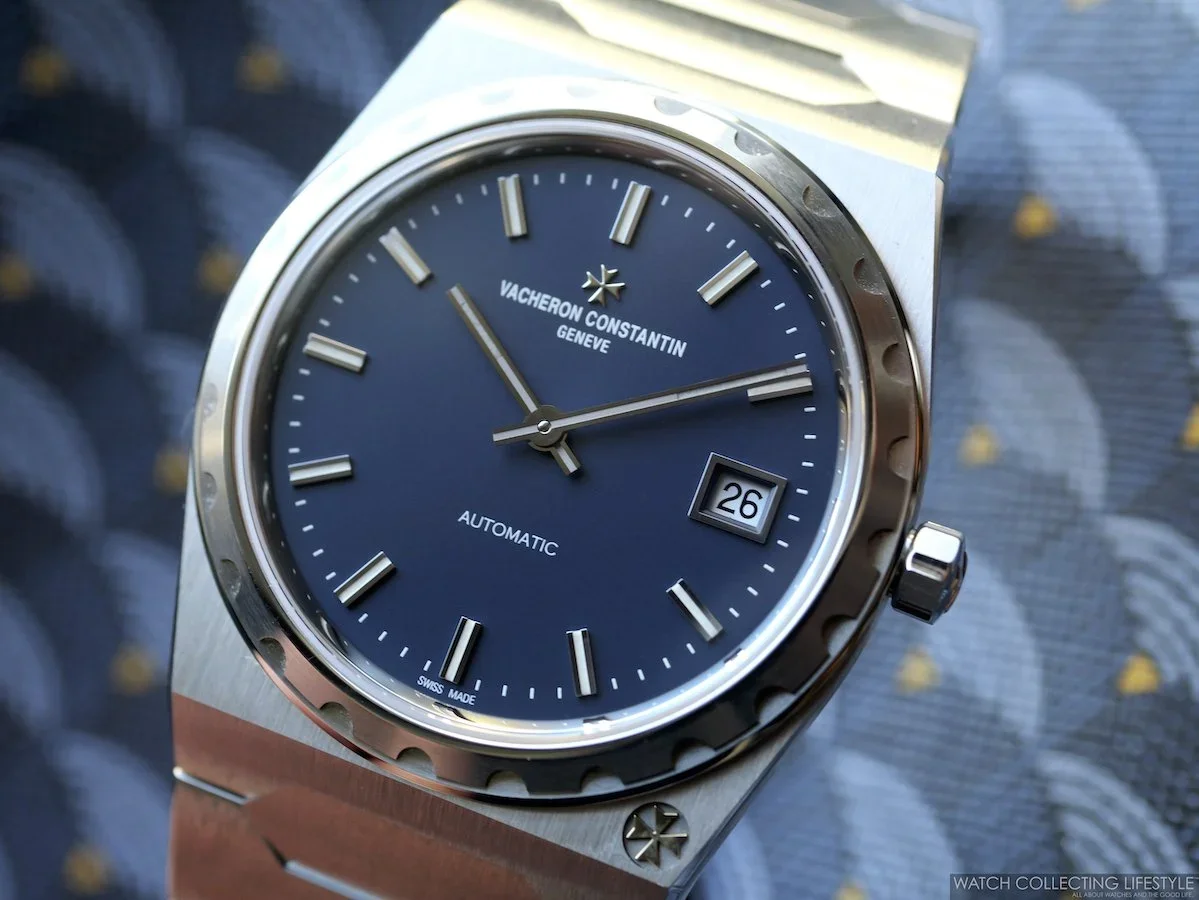Also known as the Barcelona Pavilion, this modern landmark was designed by German architect Ludwig Mies van der Rohe to function as the German representation during the 1929 Universal Exhibition in Barcelona, Spain. This pavilion is one of the most important examples of modern architecture worldwide. Completely built over a plinth of travertine, Mies utilized chrome-clad columns to give the impression of a hovering roof. Tinos-marble, Vert-Antique marble, onyx doré and tinted glass—gray, green, white and traslucent— perform as precious spatial dividers within the pavilion.
The same features of minimalism and spectacular design where applied to the furniture specifically designed for the building, giving birth to the iconic Barcelona chair. The white leather and chrome chairs are placed over a black carpet right at the entrance of the building, leading the visitor into a small outdoor court with a small pool and a over-life-size sculpture named 'Der Morgen'—the morning— by sculptor Georg Kolbe. The bronze sculpture portrays a woman rising from the water and gesturing to the rising sun. One can also leave the building by walking down the long side of the back of the building and away from the statue.
This 'free plan' building includes a large water basin at the front that stretches towards the main entrance creating the impression that the water's surface continues under the plinth connecting the exterior with the interior. This is the earliest example of what we know today as infinity pools.
Visiting the Barcelona pavilion is truly going back in time and experiencing why design is so important from a watch collecting standpoint. Our Sea-Dweller, an iconic Rolex reference can confirm the importance of design.





























